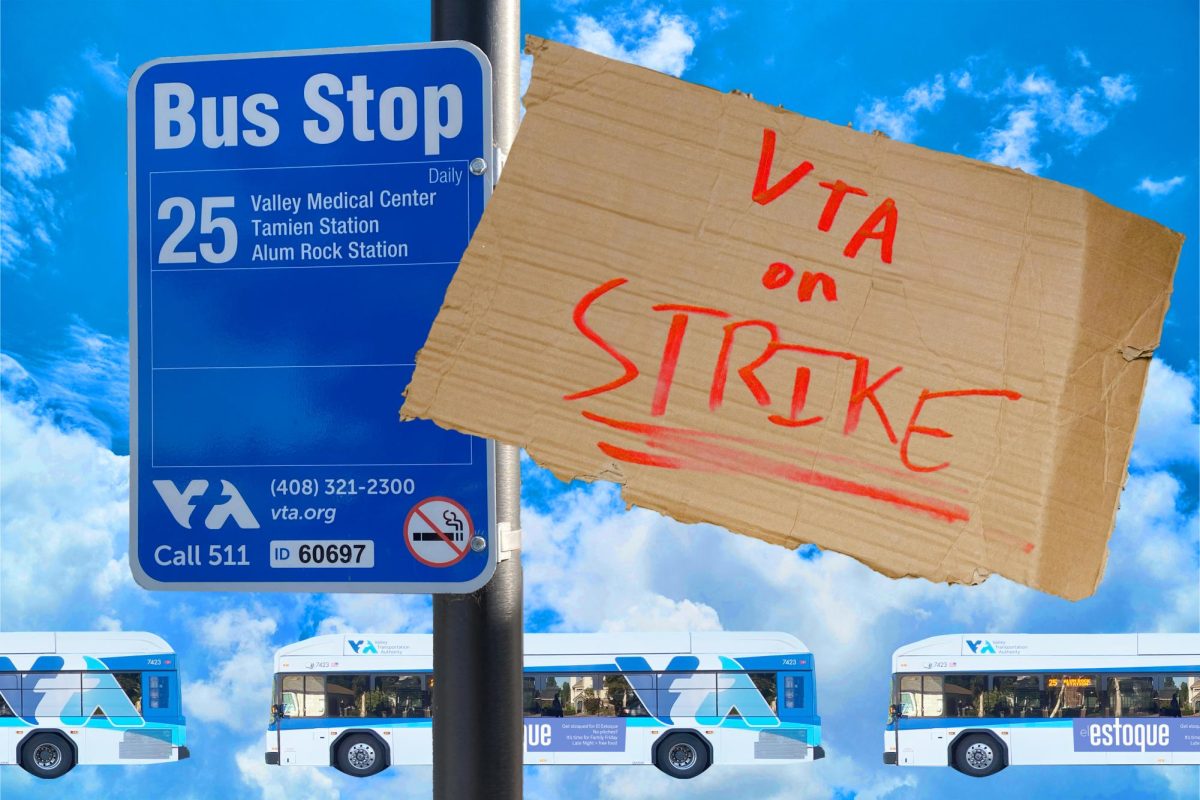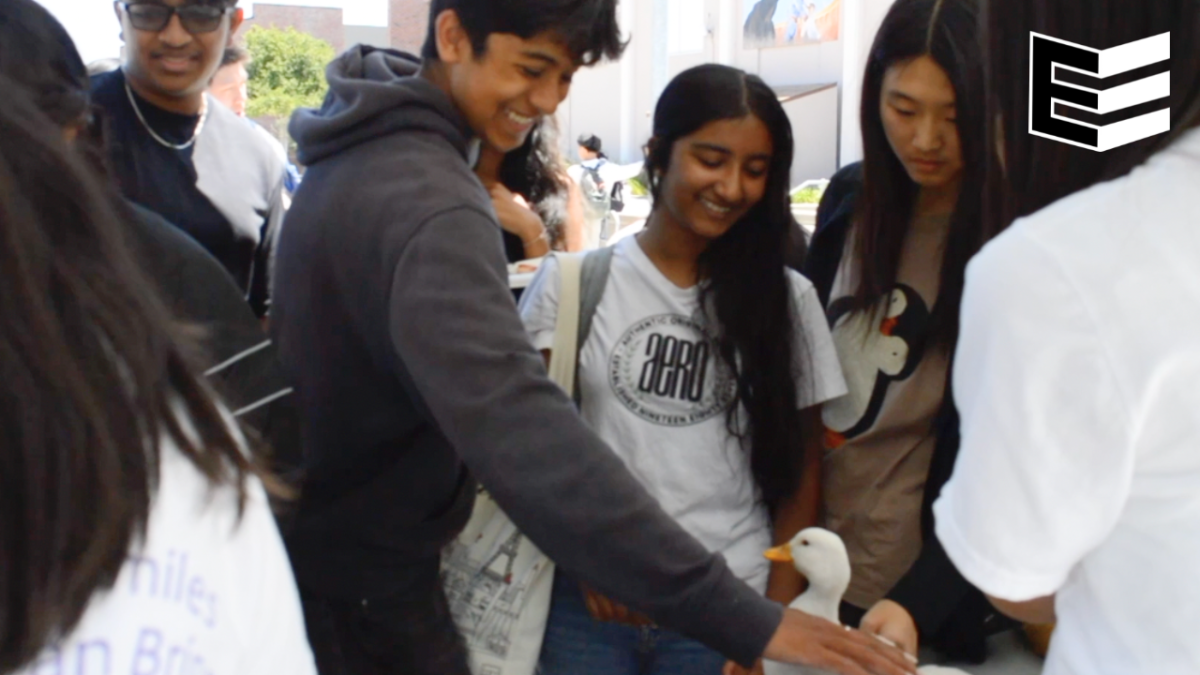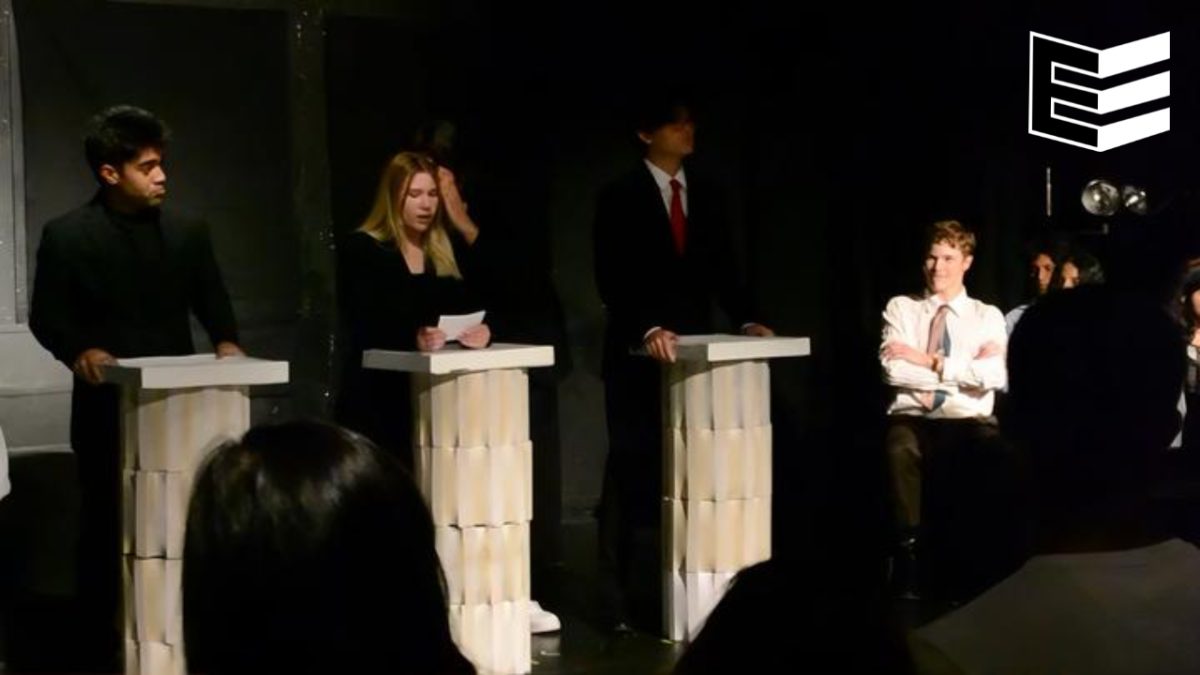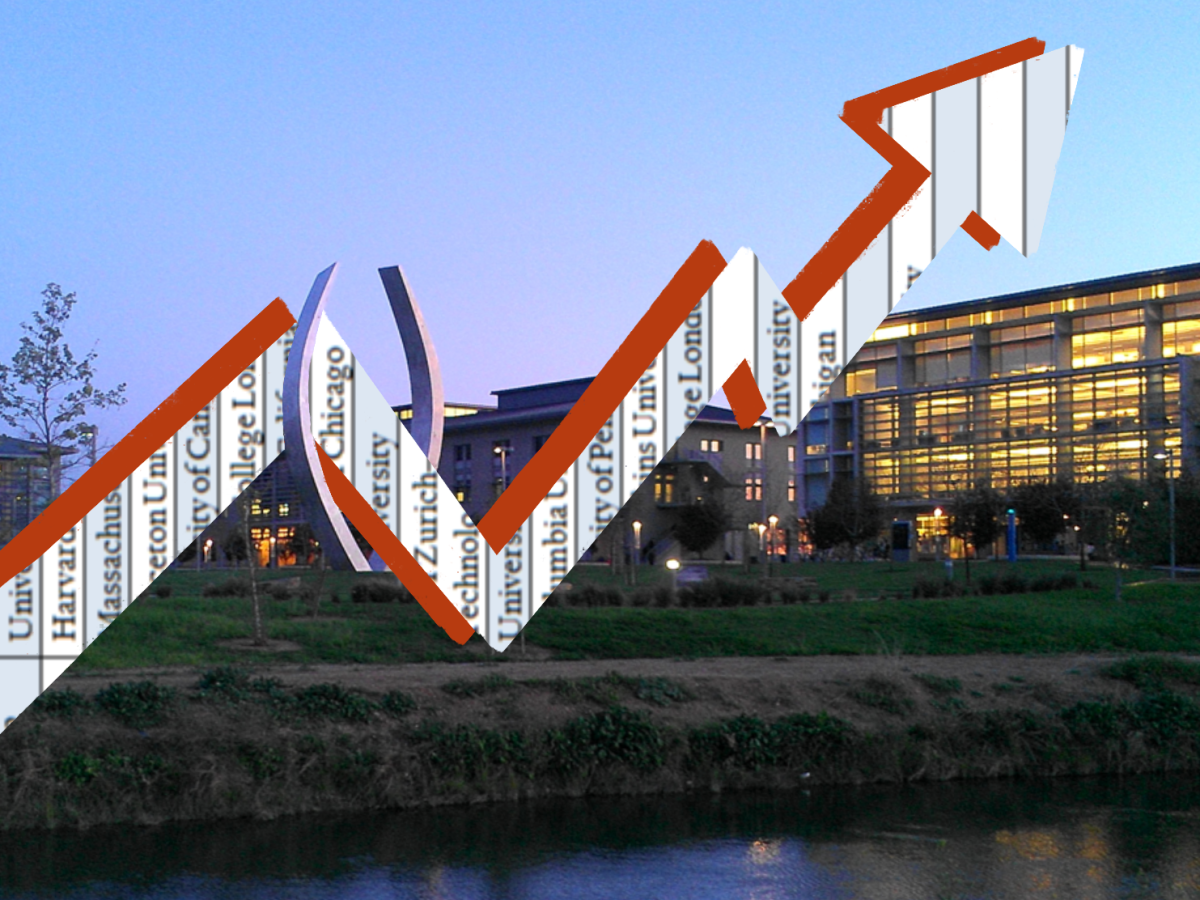Note: A union member spoke to El Estoque on the condition of anonymity to comment on sensitive matters. They will be referred to using the pseudonym “Source A” throughout the article. ATU Local 265 officials could not be reached for comment.
Members of the Amalgamated Transit Union (ATU) Local 265, which represents Santa Clara Valley Transportation Authority workers in San Jose, went on strike from Monday, March 10 to Wednesday, March 26, shutting down the majority of VTA services including its buses and light rail service. Union members began the strike due to failed negotiations for wage increases. However, Santa Clara County judge Daniel Nishigaya ruled the strike a breach of the no-strike clause in the union contract, ending the strike after 17 days.
“This was the outcome VTA was pursuing, to get service back on the road for tens of thousands of passengers in need,” the VTA media relations office said in an emailed statement. “VTA will continue negotiations with ATU Local 265, but has yet to reach a fair agreement on wages and other contract terms while not impacting on the level of service we offer the community.”
After the March 26 ruling, ATU Local 265 filed an appeal, seeking to get the decision overturned. On April 11, an appellate court upheld the ruling.
The ATU’s goal was for a yearly six percent increase in wages for three years, totalling 18%. The VTA countered with an offer to increase wages by 11% over the course of three years. However, the union was steadfast in its demands. The VTA says relations with the union had previously been stable, citing the fact that there have been no disputes of this scale before. Despite this, the VTA began preparing in anticipation of the potential strike authorized by an ATU vote; they advised riders to do the same.
“Demands for an 18% wage increase are not only unreasonable, they’re impossible to meet without drastic cuts in jobs and service, which is a disservice to employees and passengers alike,” the VTA’s media relations office said in an emailed statement.
To mitigate the effect of the strike on riders, the VTA offered two daily $5 Uber vouchers per person to all previous riders. These vouchers were used to pay for approximately 6,100 rides during the time of the strike, according to the VTA media relation’s office.
Source A, a VTA bus driver and union member, feels that it was wrong for the court to force members back to work. Having been a driver at VTA for nearly two years, they participated in and supported the strike.
“It honestly brought us, all of us, closer together — operators, maintenance mechanics, everybody,” source A said. “It was awesome just to see all of the brothers and sisters out there, really putting it down for 265.”
While the strike fostered a sense of camaraderie among the VTA workers, the VTA was losing approximately $76,000 a day in fare revenue, totalling about $1.3 million after the 17 days. Riders also faced complications due to lack of transport.
One of the community members affected was MVHS alum ‘23 Nicole Ni, a student at De Anza College. The college informed its students via email at around 3:40 p.m. on March 9, less than nine hours before the strike began. Ni, who is close to many international students at the college, says many international students do not own cars, causing them to feel the impacts of the strike even more.
“For a lot of international students around the area, they rent a house because the landlord told them the home is next to a bus station or a commuter station,” Ni said. “When you buy a car here, it’s a few thousand dollars if you buy secondhand. And to do car registration, insurance and everything, it’s a big cost.”
Because of this, on the first day of the strike, Ni says she received messages from several friends asking her for a ride. While she believes the union members deserve higher wages, she considers the negative consequences of the strike on community members to be unproductive.
“If they keep going on strike, it’s just moving the conflict between the government and the drivers into the students with the drivers,” Ni said. “The drivers are striking for their own benefit, but it’s not working and the government not compromising is making the students’ lives harder.”
While source A acknowledges that the strike has put stress on community members, they point out that the strike has not been easy for the union members either. They believe both riders and workers are at a loss because of the VTA’s inflexibility.
“We do have passengers that need to get back on the bus to get to where they’re going,” source A said. “And the union members, the drivers, the operators, the maintenance, mechanics, everybody — we’re losing out on wages as well. So just as much as passengers are losing out on their rides, spending more money to get places, we’re also losing money as well. We were getting paid a stipend, but it comes nowhere close to what we’re usually getting paid.”
Source A says they are disappointed the court forced the strike to end before a new contract could be finalized between the union and VTA. They consider the VTA’s counteroffer to be insufficient.
“It makes me nervous for the future,” Source A said. “We feel like we can’t trust VTA. But this is our job, this is what we do. There’s our livelihood, there’s our career.”
Correction (April 21, 9:30 p.m.): An earlier version of this story incorrectly referred to the Bay Area Rapid Transit (BART), a separate system, as a part of the VTA. It meant to refer to the VTA’s light rail service, not BART, and the story has been edited to rectify this.


















